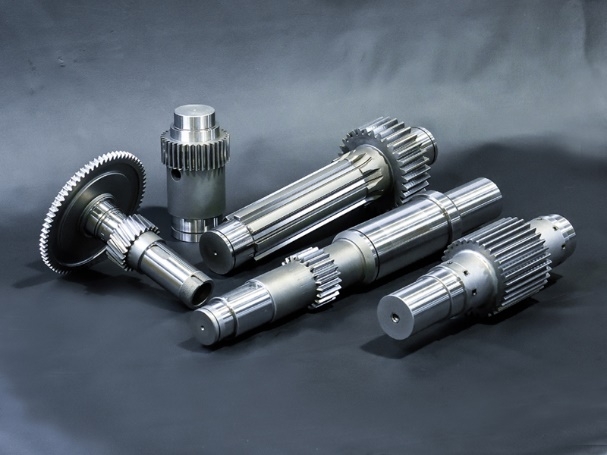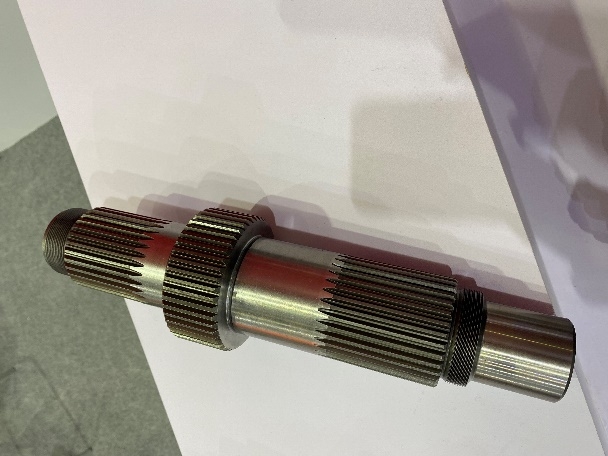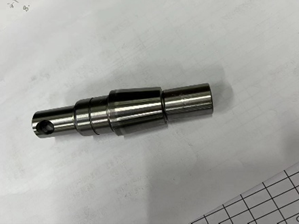
In the realm of mechanical engineering, the gear shaft plays a pivotal role as a crucial transmission component. Gear shafts can be classified into two types based on their axial shape: crankshaft (curved) and straight shaft. Furthermore, they can be further categorized into three types based on their load-bearing capabilities: rotational shaft, keyed shaft, and transmission shaft.
Crankshaft and Straight Shaft: The Choice of Shapes
Crankshafts are characterized by their curved shape, often found in specific engineering applications, such as certain engine designs, enabling the linear motion of pistons to be converted into rotational motion. On the other hand, straight shafts are extensively used in various transmission devices like gearboxes and chain drive systems.

Rotational Shaft: A Multitalented Performer Bearing Bending and Torque
The rotational shaft is the most common type of gear shaft as it is designed to withstand both bending and torque loads. This makes it an indispensable component in mechanical systems, seen in transmission shafts within various gearboxes. Its versatility allows mechanical devices to operate stably under complex conditions, transmitting power and torque efficiently.
Keyed Shaft: Focused on Rotation Support, Leaving Torque Transmission Behind
Keyed shafts are primarily used to support rotating components, capable of bearing bending loads but incapable of transmitting torque. Some keyed shafts are designed to rotate, providing smoother motion for applications like railway axles, while others remain stationary, as seen in shafts supporting pulleys. This distinct characteristic enables keyed shafts to fulfill different roles in various mechanical systems.

Transmission Shaft: Committed to Torque Transmission, Unfazed by Bending Challenges
The main purpose of transmission shafts is to focus on torque transmission without the need to bear bending loads. Typical applications of transmission shafts include long drive shafts in crane mobile mechanisms and automobile drivetrains. As such, selecting the appropriate materials and structure is crucial to withstand high torque demands.
Gear shafts are vital transmission components in mechanical engineering. By classifying them based on axial shape and load-bearing capabilities, we can distinguish between crankshafts and straight shafts and further categorize them as rotational shafts, keyed shafts, and transmission shafts. In mechanical design, choosing the right gear shaft type ensures efficient and stable operation of mechanical systems.
Post time: Jul-07-2023




